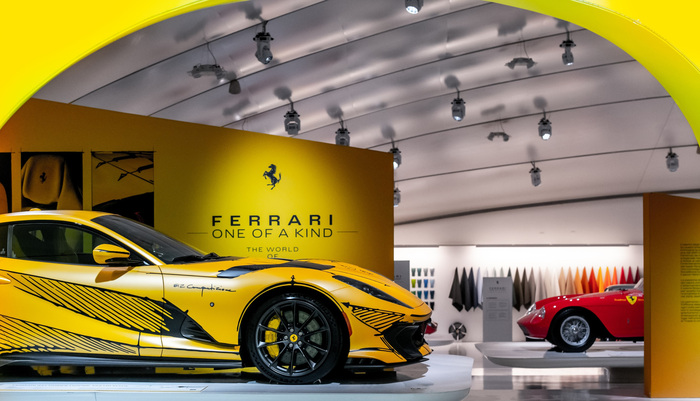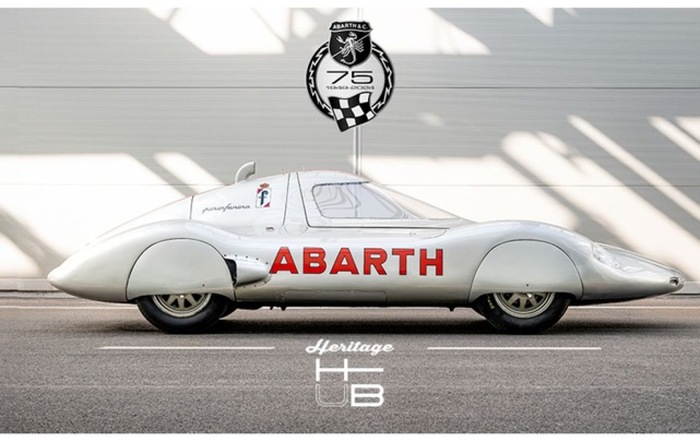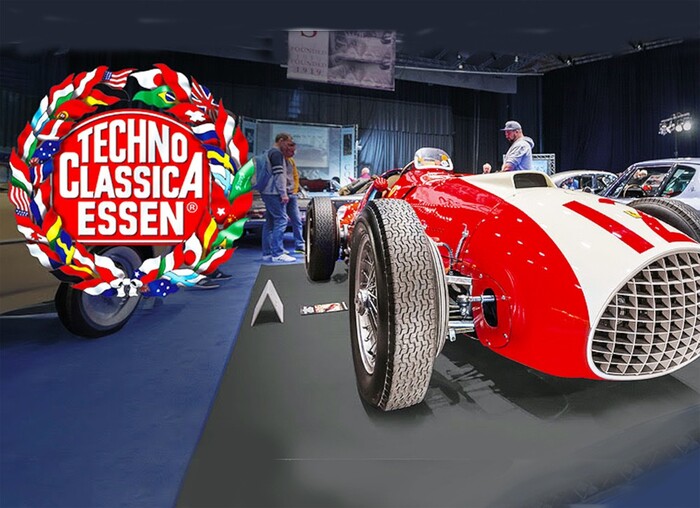There was a time in the history of the automobile when resourceful strategists in the US auto companies had devised the maximum acceleration. Not for the cars. But for marketing. While European manufacturers only brought a new car to the market every seven years or so, US manufacturers hired new variants every year.
The changes to last year's model were mostly cosmetic in nature: New headlights, lights, radiator grille, paint colors and gimmicks, technology and basic body remained the same. Nevertheless, the manufacturers called "Big Three" Ford, Chrysler and GM deftly stoked the need for permanent renewal among their buyers.
How much the car has changed our lives - that's the question the Cars: Accelerating the Modern World exhibition, which has now opened in the venerable Victoria & Albert Museum in London (and runs until April 19, 2020). "No other design object has influenced the world more than the automobile," says Brendan Cormier, one of the show's curators.
The clothes to the car
The magnificent building on Cromwell Road in fine Kensington, among other things 15 cars and about 250 objects are shown, which should illustrate how the car was the driving force behind numerous developments of the 20th century.
For example, how the car changes the human sense of speed. How cars on the assembly line revolutionized not only industrial production methods but also sales techniques. The mass-produced car had to be brought in the people in extremely high quantities. And finally, the mass car shaped its environment - the landscape, the places, the society.
photo gallery
14 pictures
Exhibition "Cars": The acceleration of the worldSo general, so familiar, so trivial. In the exhibition, however, concrete examples are to be seen where this becomes apparent. For example, garments from the twenties that are not only cut in a streamlined manner, but at the same time also fit snugly against the body - so that they do not flutter in an open car during a brisk ride or are completely carried away by the wind.
In the section "Making more", which deals with mass production, there is of course a Ford Model T from 1925, the model that was first produced on an assembly line. In addition to the sales strategy mentioned at the beginning and developed by General Motors, every year to change the cars a little bit, as well as to offer new equipment details or paint colors, to turn useful everyday machines into desirable status symbols.
From automotive subcultures to lithium extraction
In several films specially shot for the exhibition, impressive automotive developments are also documented. A video introduces five automotive subcultures from four continents; another shows places where raw materials for the automotive world have been or will be gained: from leached oil fields in the US to the area-consuming lithium extraction in the Atacama Desert in Chile.
Currently, the automobile, which has massively shaped and changed the world over the past 130 years, is itself at a turning point. In which direction the development goes, is still uncertain. What significance cars will have on this planet in 130 years, too. If you leave the exhibition in the Victoria & Albert Museum, you are on Cromwell Road. Four lanes crawl here the traffic through London - if he does not, as often in the late afternoon, temporarily comes to a halt completely. The modern world is at least not accelerated by the car - rather the opposite.















